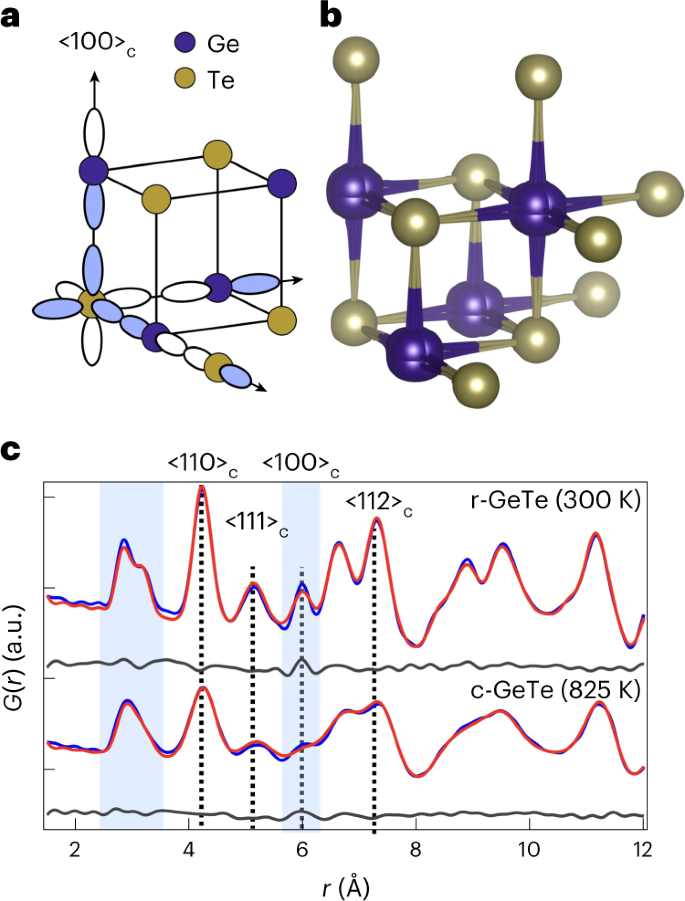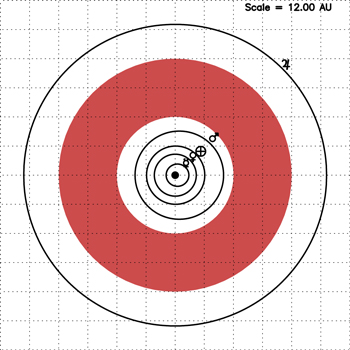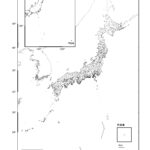カメラのシャッターを100万回高速化することで、材料が熱を移動させる仕組みを解明し、持続可能なエネルギー応用を進めるための大きな一歩となることがわかった Speeding up a camera shutter a million million times enables researchers to understand how materials move heat around and is a major step in advancing sustainable energy applications
2023-03-07 コロンビア大学
この技術は、「可変シャッターPDF」またはvsPDF(原子対分布関数)と呼ばれ、静的な障害とは異なり、素材の動的障害を見ることができるようになるため、より効率的な熱電変換素材の開発が期待される。
<関連情報>
- https://www.engineering.columbia.edu/news/new-camera-shutter-speed-sees-through-dynamic-disorder-atoms
- https://www.nature.com/articles/s41563-023-01483-7
動的結晶構造解析による立方晶GeTeの自発的異方性の解明 Dynamic crystallography reveals spontaneous anisotropy in cubic GeTe
Simon A. J. Kimber,Jiayong Zhang,Charles H. Liang,Gian G. Guzmán-Verri,Peter B. Littlewood,Yongqiang Cheng,Douglas L. Abernathy,Jessica M. Hudspeth,Zhong-Zhen Luo,Mercouri G. Kanatzidis,Tapan Chatterji,Anibal J. Ramirez-Cuesta & Simon J. L. Billinge
Nature Materials Published20 February 2023
DOI:https://doi.org/10.1038/s41563-023-01483-7

Abstract
Cubic energy materials such as thermoelectrics or hybrid perovskite materials are often understood to be highly disordered1,2. In GeTe and related IV–VI compounds, this is thought to provide the low thermal conductivities needed for thermoelectric applications1. Since conventional crystallography cannot distinguish between static disorder and atomic motions, we develop the energy-resolved variable-shutter pair distribution function technique. This collects structural snapshots with varying exposure times, on timescales relevant for atomic motions. In disagreement with previous interpretations3,4,5, we find the time-averaged structure of GeTe to be crystalline at all temperatures, but with anisotropic anharmonic dynamics at higher temperatures that resemble static disorder at fast shutter speeds, with correlated ferroelectric fluctuations along the <100>c direction. We show that this anisotropy naturally emerges from a Ginzburg–Landau model that couples polarization fluctuations through long-range elastic interactions6. By accessing time-dependent atomic correlations in energy materials, we resolve the long-standing disagreement between local and average structure probes1,7,8,9 and show that spontaneous anisotropy is ubiquitous in cubic IV–VI materials.



